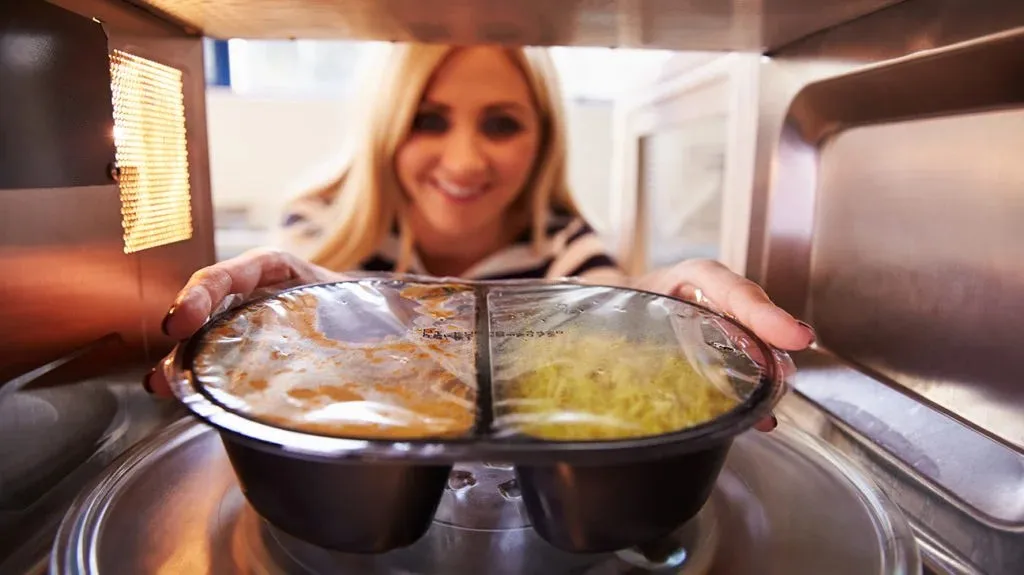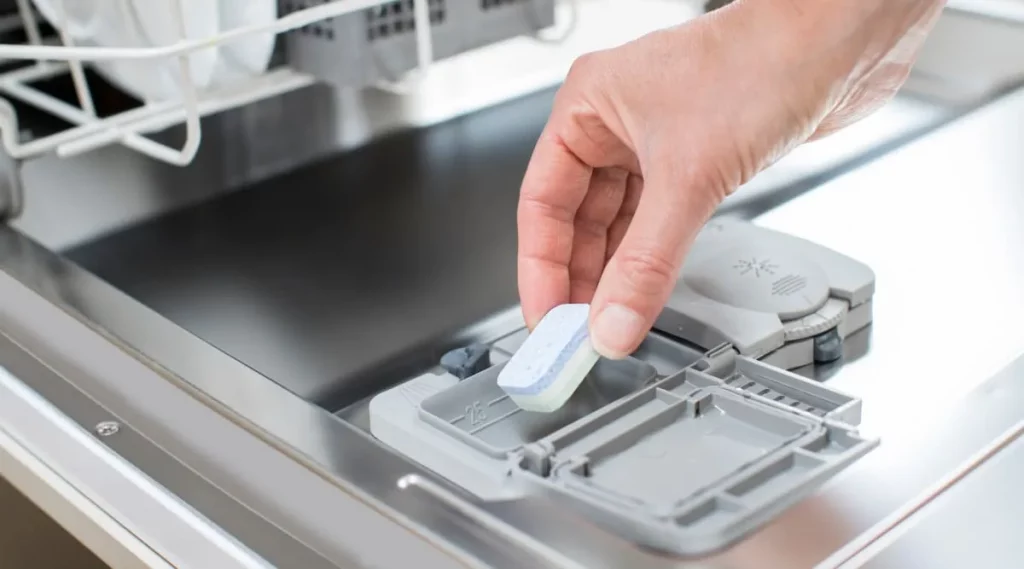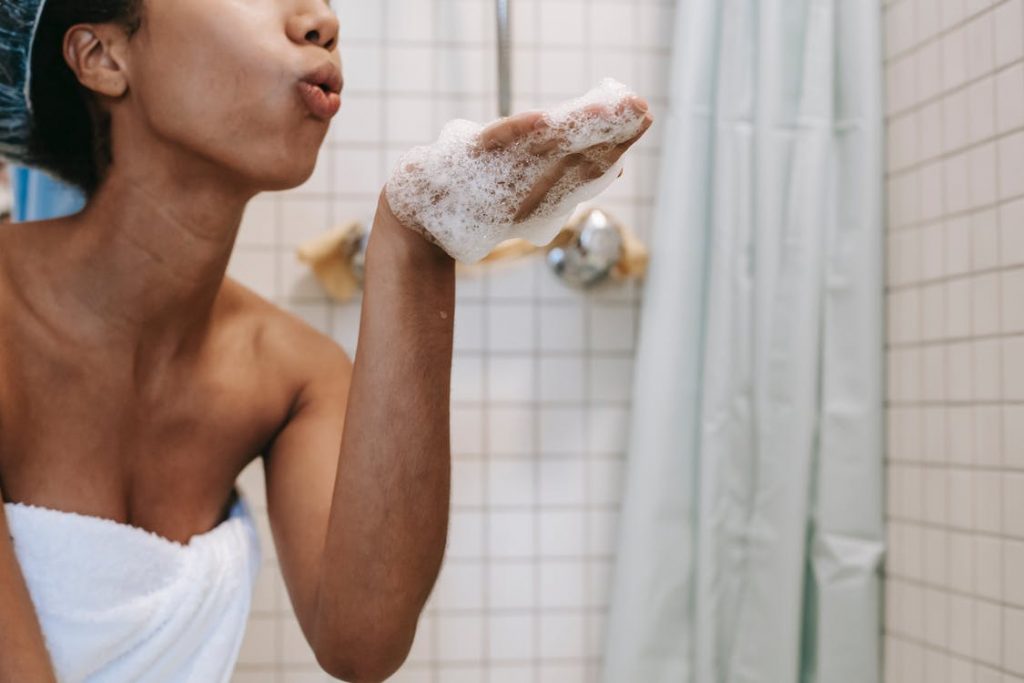The Dangerous Gamble: What Happens When Brands Skip Essential Product Testing


Launching a product without proper testing feels like placing your entire business future on a single roll of the dice. Yet every year, countless food and beverage brands make this exact gamble, convinced that internal confidence and market research can substitute for comprehensive product testing with real consumers.
The statistics paint a sobering picture of what happens when brands take shortcuts with consumer validation. Research shows that approximately 85% of new food products fail within their first year, with many of these failures directly attributable to inadequate testing during development. Skipping essential product testing phases puts your brand reputation, retailer relationships, and financial stability at serious risk.
At Wirral Sensory Services, we’ve witnessed both sides of this equation over nearly three decades. We’ve seen brands transform potential disasters into market successes through rigorous consumer research, and unfortunately, we’ve also observed the costly consequences when companies choose to bypass proper product validation.
When consumer feedback reveals problems after launch rather than before, the financial implications extend far beyond the immediate product failure. The damage spreads through multiple areas:
What starts as a decision to save money on testing often evolves into a much larger business crisis that could have been prevented through proper consumer validation.

Many brands convince themselves that their internal teams understand consumer preferences well enough to skip formal testing. But reality often proves more complex than these assumptions suggest.
Your team’s familiarity with the product category can actually work against objective evaluation. When you taste a prototype for the twentieth time, your palate adapts in ways that differ from how first-time consumers will experience the product. Professional sensory evaluation can help bridge this gap between insider knowledge and genuine consumer response.
Cultural, regional, and demographic factors add layers of complexity that internal teams often underestimate. What appeals to your London-based development team might resonate differently with families in Manchester or retirees in Brighton.
Budget-conscious brands often view consumer validation as an optional expense. This perspective ignores the true financial comparison between prevention and cure:

Leading food and beverage companies leverage consumer research as a strategic tool for creating superior products that consumers genuinely prefer.
Comprehensive product validation can help identify the specific attributes that drive consumer preference in your category. Rather than guessing what matters most, you gain concrete data about which sensory characteristics influence purchase decisions and repeat buying behaviour.
Meanwhile, home use testing reveals real-world performance factors that laboratory conditions cannot replicate. Understanding how your products integrate into consumers’ daily routines can provide intelligence that can transform good products into market winners.
Many brands limit their consumer research to basic taste testing, assuming that flavour preference represents the complete picture. Successful product testing requires a more holistic approach:

Converting product validation from an expense into an investment requires measuring the right metrics. When properly structured, consumer research consistently delivers financial benefits that can far exceed testing costs.
Risk reduction represents the most immediate benefit. Every product failure prevented through adequate testing can save substantially more than the research investment. Premium pricing opportunities often emerge from products optimised based on consumer feedback, while retailer confidence improves when you can provide concrete evidence of consumer preference.
Understanding the true costs of inadequate testing can help put consumer research investments into proper perspective. Rather than viewing validation as an optional expense, successful brands recognise it as essential insurance against far more expensive problems.
At Wirral Sensory Services, we’ve spent nearly three decades helping brands navigate these decisions and avoid the pitfalls that derail so many promising products. Our comprehensive testing capabilities include taste testing, sensory profiling, and specialised research approaches tailored to your specific product category and market objectives.
Whether you’re developing new food products, reformulating existing lines, or exploring opportunities in household goods or personal care categories, our experienced team can design validation programmes that provide the confidence and insights you need for successful launches.Contact our team today at +44 (0)151 346 2999 or email info@wssintl.com to discuss how professional product testing can support your development goals and help you avoid the costly mistakes that damage so many promising brands.